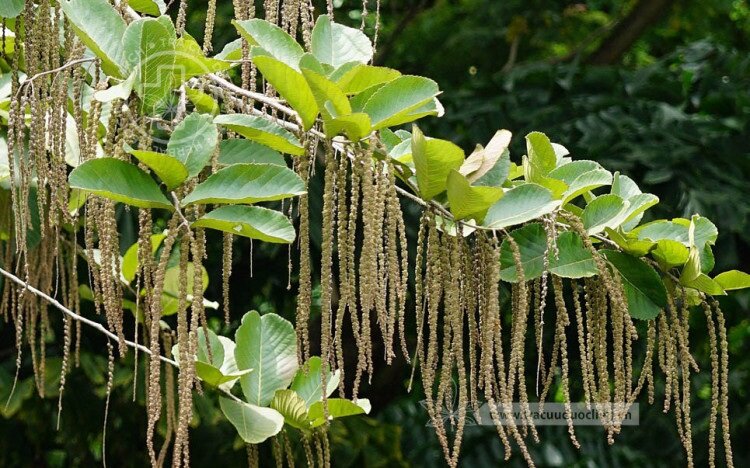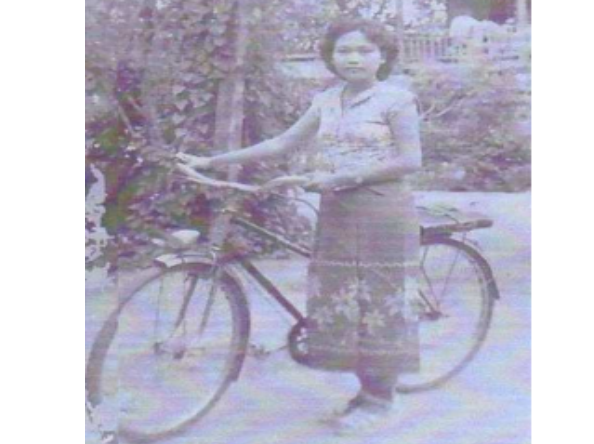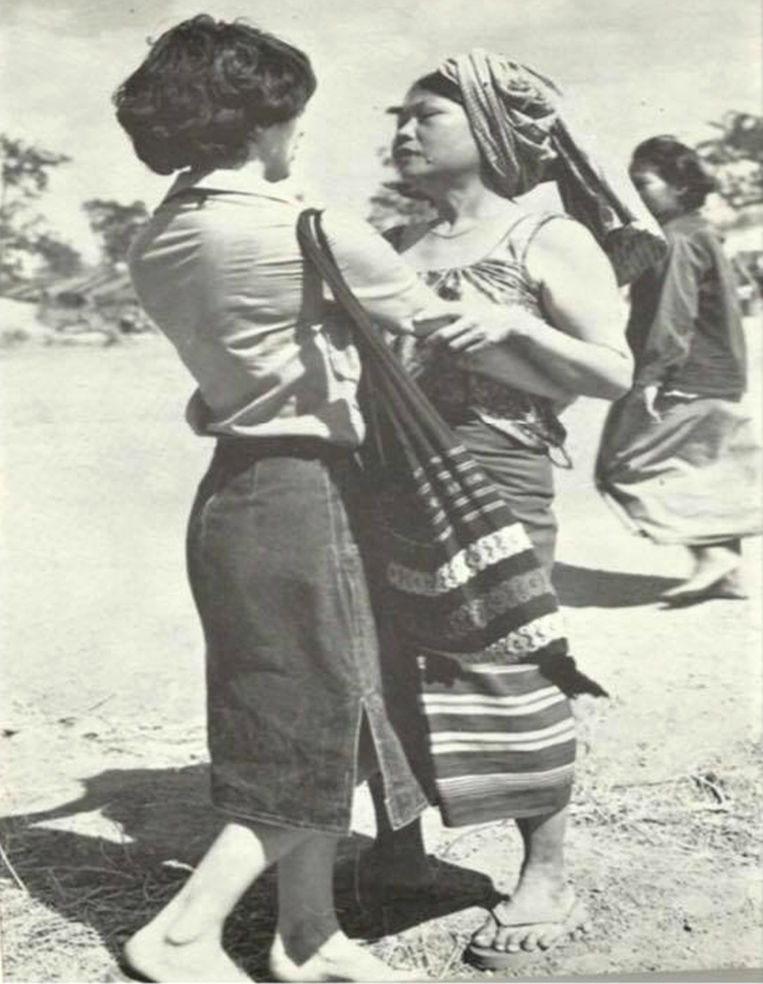Lexique des arbres forestiers du Cambodge | Lexicon of the Forest Trees of Cambodia
by Pauline Dy Phon & Bernard Rollet
One section of the vast study on Cambodian forest trees by botanist Pauline Dy Phon
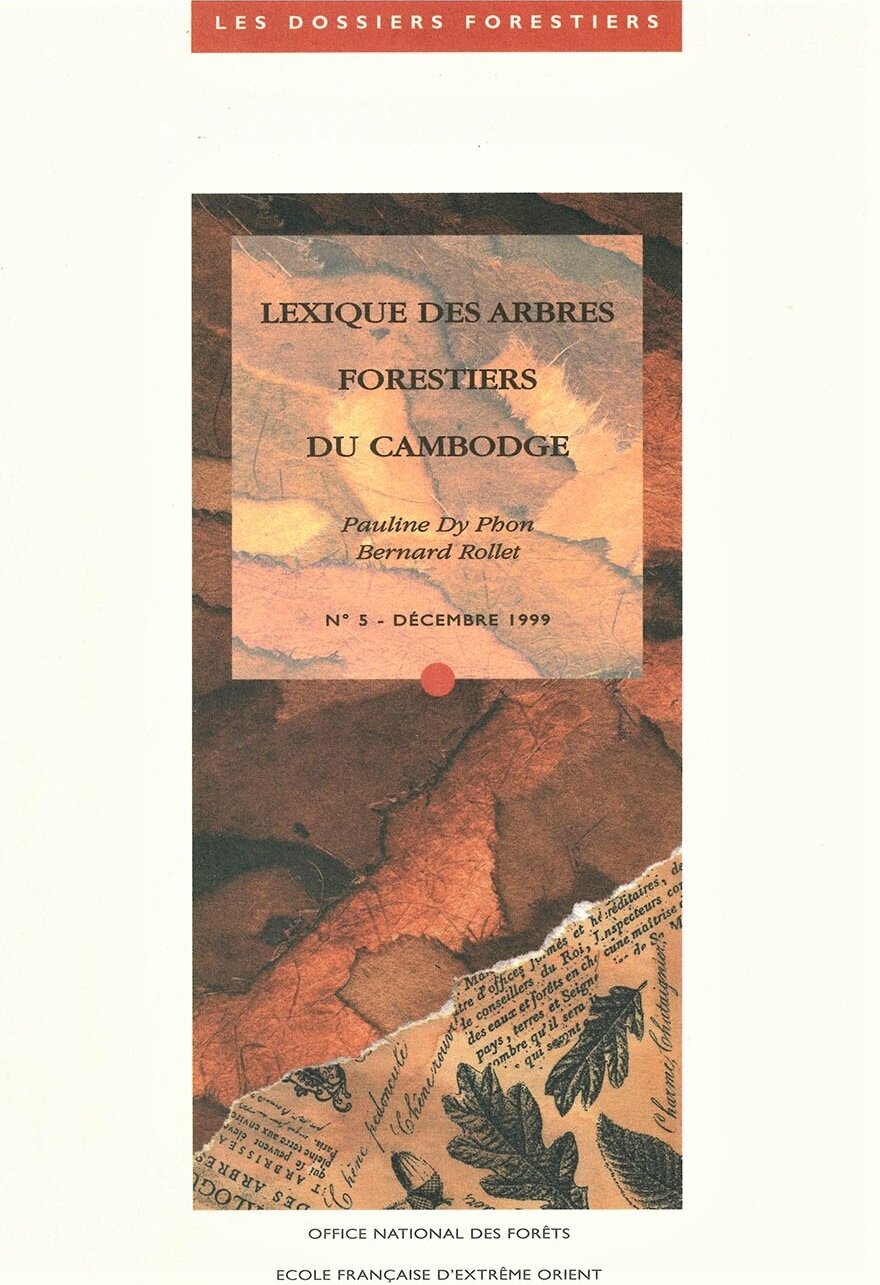
- Format
- e-book
- Publisher
- with Bernard Rollet | ONF and EFEO, Paris
- Edition
- General Introduction on Lexicography and Index Khmer-Latin with Khmer transcriptions and transliterations
- Published
- 1999
- Authors
- Pauline Dy Phon & Bernard Rollet
- Pages
- 35
- ISBN
- 978-2-84207-120-2
- Languages
- French, Khmer
We have kept the main Index established by Pauline Dy Phon and her teacher, Professor Jules-Émile Vidal, l in 1990, following and expanding the one created earlier by Saverous Pou and Bernard Rollet in 1973.
A digital search being possible with this e‑document, one can search either Khmer, French or Latin (scientific) names.
The vernacular Khmer terminology, as explained by the authors, is particularly vivid and poetic. Just one example: Homallium tomentosum (Vent.), native in Bangladesh, Cambodia, East India, Jawa, Laos, Lesser Sunda Island, Malaysia, Myanmar, Sumatra, Thailand, Vietnam, is known in Khmer as “phleu nieng” ភ្លៅនាង, girl’s thigh, but much less poetically as Burma lancewood in English and bois de lance in French…
Read the e‑document
Homalium tomentosum (Vent.)
About the Authors
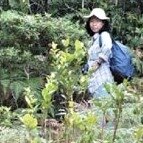
Pauline Dy Phon
Pauline Dy Phon ប៉ូលីន ឌី ផុន née Tan (1933, Krav, Kompong Speu Province, Cambodia ‑21 May 2010) was a Cambodian botanist specialized in the flora of Southeast Asia.
After graduating from the Paris Faculty of Sciences in 1959, Pauline Dy Phon taught at Phnom Penh Lycée Sisowath before becoming a teacher and researcher with the University of Phnom Penh until 1975. She had obtained her doctorate in botanic from Toulouse University in 1969.
After surviving the Khmer Rouge régime, transiting through the Khao I Dang refugee camp and escaping to France — her only written account of the Khmer Rouge period, published in 1982, was a study of “plants in the Khmer diet in normal times and in times of famine” –, she worked at the Botanical Laboratory of the Musée d’Histoire Naturelle (National Museum of Natural History), identifying and classifying plants of Cambodia and Indochina. One of the few women botanists then, she was awarded for her discovery of five new species of Papilionaceae, Euchresta Bennet, Gueldenstaedtia Fischer, Medicago Linné, Parochetus Buchanan Hamilton and Tifidacanthus Merril.
In their Historical Dictionary of Cambodia [n 43 in Aseania Historical Dictionaries series, The Scarecrow Press, Lanham (MD) & Oxford, 2003), Justin Corfield and Laura Summers mention Pauline only in the entry dedicated to her husband: “DY PHON (1932- ). A dental surgeon, he studied medicine at the Faculty of Medicine in Paris and married Tan Pauline, who graduated at the same time in Natural Sciences from the Faculty of Science in Paris, both returning to Cambodia in 1959. He became head of the dental surgery section of the Khmer-Soviet Hospital. In 1970 Dy Phon slipped out of Phnom Penh, rallied to the National United Front of Kampuchea and signed the 1971 Declaration of Patriotic Intellectuals. After April 1975 he worked once again at the April 17th Hospital (the renamed Khmer-Soviet Hospital), but as purges of the administration widened, he fell under suspicion of counter-revolutionary activities, and was arrested on 10 December 1978 and taken to Tuol Sieng. He was still there on 7 January 1979 when the Vietnamese freed him.”
Back to Cambodia again from 1994, Pauline Dy Phon published in 2000 a 915-page Dictionary of plants used in Cambodia (Dictionnaire des plantes utilisées au Cambodge), with entries in French, English and Khmer. The year before, she had co-authored with Bernard Rollet the Lexique des Arbres Forestiers du Cambodge (EFEO Publications, 1999).
Dr. Pauline Dy Phong young (Obituary cover page of Chatomukh journal, Jan. 2010)
On this photo dated 7 Dec. 1979, at Khao I Dang refugee camp, Pauline Dy Phon (right) meets again with an old friend from her student years and colleague, Marie-Augustine Martin (MAM), a reputed ethnographer and botanist who had extensively worked in Cambodia (from G. Condaminas and R. Pottier, Les réfugiés ordinaires de l’Asie du Sud-Est, Paris, 1982)
Selected Bibliography:
- 1962 Practical works of micrography and plant morphology for the use of students in SPCN-PCB, 2 vol., 200 p, Phnom Penh
- 1964 List of medicinal plants used in pharmacopoeia in Cambodia, Phnom Penh
- 1968 Flora and vegetation of the Kirirom plateau and its surroundings, Annales Faculty of Sciences, Phnom Penh University
- 1970 The vegetation of Southwest Cambodia (published thesis, part I, Annales Faculty of Sciences, Phnom Penh University | 1971 The vegetation of SouthWest Cambodia (part II).
- 1972 (with M.A. Martin) Botanical Guide to the City of Phnom Penh, Annales Faculty of Sciences, Phnom Penh University
- 1975 Illustrated Flora of Cambodia, Phnom Penh, with 950 color photos (work lost during the Khmer Rouge era)
- 1981 (with Jules Émile Vidal) Ecological factors and vegetation of Cambodia, Seksa Khmer, n. 3 – 4
- 1982 Plants in the Khmer diet in normal times and in times of famine, CEDRASEMI Paris — Brief overview on Cambodian forests, Seksa Khmer, n. 5
- 1987 (with N.V. Thuân & Nyomdham) Flore du Cambodge, du Laos et du Vietnam, Muséum national Histoire naturelle, Paris, Fasc. 23, 258 p.
- 1999 (with Bernard Rollet) Lexicon of forest trees of Cambodia, Paris
- 2000 Plants used in Cambodia, Khmer ~ English – French dictionary, preface by Maurice Fontaine, Phnom Penh, 915 p.
- 2009, Update and new edition of Guide botanique de la ville de Phnom Penh, foreword by Phnom Penh Governor Kep Chuktema, Editions Funan, 2010, 123 p.
Bernard Rollet
Bernard Rollet is a world-know French forest researcher and botanist who has authored numerous studies, in particular on Cambodian and West Indies flora.
A retired Inspecteur Général des Eaux et Forets of France, and a member of Paris Musée d’Histoire Naturelle, Bernard Rollet has studied the preservation of the tropical forest and mangrove, and joined the Worldwide Dictionary of Trees. project. He has co-authored the Dictionary of South America Trees (2013: Elsevier).

